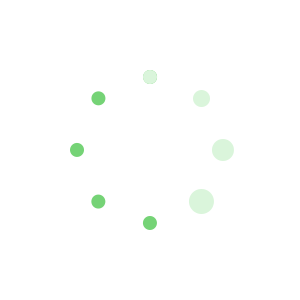Nagoya University
Nagoya University is a Japanese national university that traces its roots back to 1871, when its predecessor medical school was established. In 1939, the institution became the last imperial university of Japan. The university is located in Nagoya – the capital of the Aichi prefecture in Japan. It also has satellite campuses in other countries, including Cambodia, Mongolia and Vietnam, which offer programs for doctoral students. In a recent year, more than 15,500 students attended Nagoya University and more than 60 percent of them studied at the undergraduate level. The same year, roughly 10 percent of the Nagoya student body was international. The university charges domestic and international students the same tuition rates and has several dormitories for international students located on or near campus.
Nagoya University has nine schools – letters, education, law, economics, informatics and sciences, medicine, science, engineering and agricultural sciences – as well as more than a dozen graduate schools and several institutes. The primary language of instruction is Japanese, but some undergraduate and graduate-level programs, called Global 30 International Programs, are taught entirely in English. These include undergraduate programs in chemistry and automotive engineering and graduate-level programs in medical science as well as economics and business administration. The university uses a semester-based academic calendar. Some of the university’s research centers and institutes are the Institute of Transformative Bio-Molecules, the Institute of Innovation for Future Society and the Kobayashi-Maskawa Institute for the Origin of Particles and the Universe.
Nagoya University, also known as “Meidai”, has a history that can be traced back to 1871, when the Japanese city’s medical school and public hospital - only temporary at the time - opened.
It was in 1939 that the institution became known as Nagoya Imperial University (the last of the country’s Imperial universities), before taking its current name in 1947.
The university has nine faculties and 13 graduate schools, and has a particularly strong reputation for research in the sciences. There are also three research institutes and 18 research centres based at Nagoya University.
The university hosts an annual festival, the Nagoya University Festival (or Meidai-Sai), each June. It is the biggest university festival in the region, pulling in more than 50,000 visitors each year. There are about 100 events at the festival, organised by the university’s clubs and societies. It also includes tours of the laboratories and mock lectures.
Remarkably, six of the 13 Japanese Nobel Prize-winners of the 21st century spent time as members of faculty at Nagoya University. In addition, Shigefumi Mori, a Fields Medalist in 1990, spent the majority of hus most of his career at Nagoya.
Alumni of Nagoya University include Uichiro Niwa, the Japanese ambassador to China, and Shoichiro Toyoda, a former CEO of the Toyota motor company.
Nagoya is Japan’s fourth largest city by population, after Tokyo, Yokohama and Osaka. Toyota was founded and is still headquartered near the city, while Nagoya City Science Museum is home to the largest planetarium in the world.



